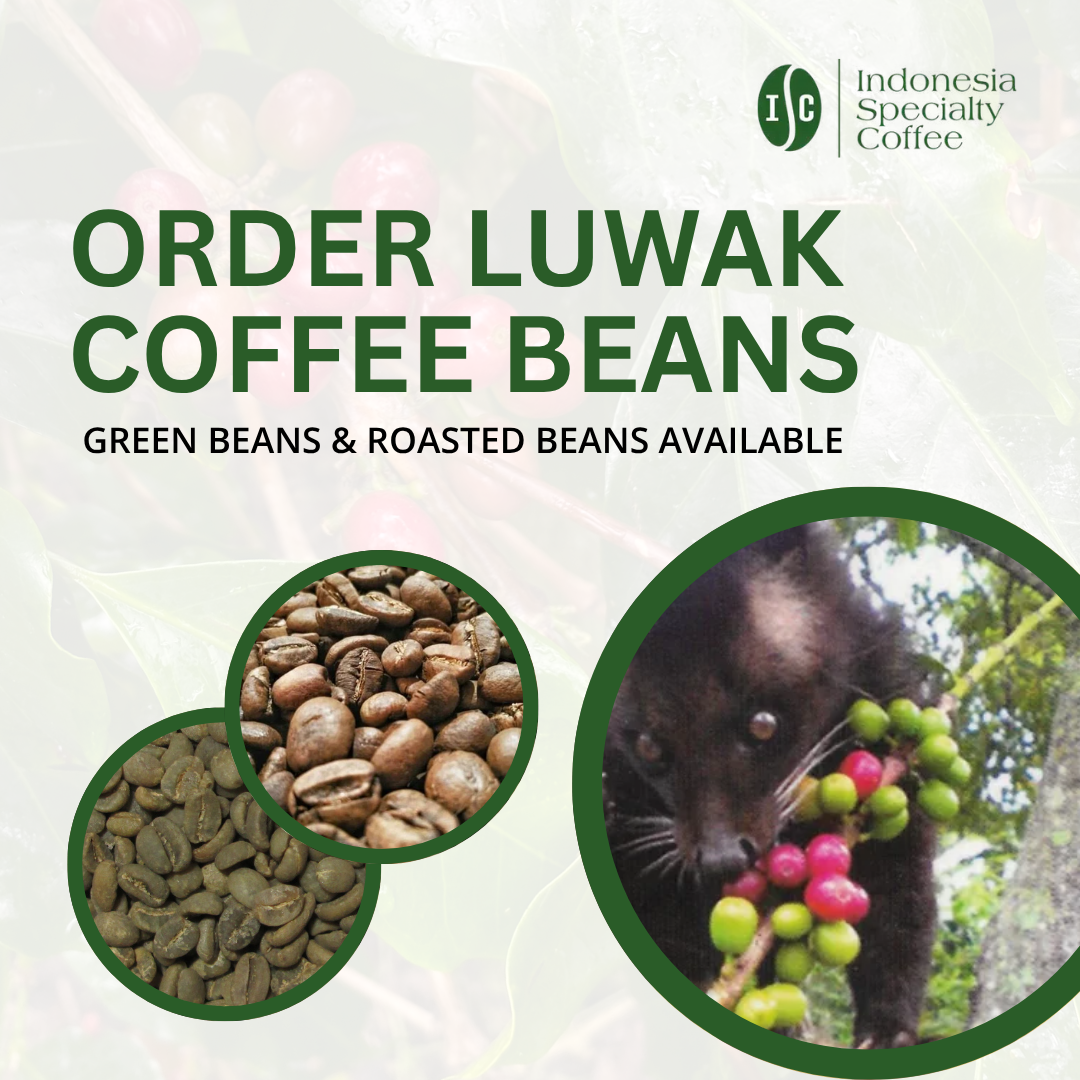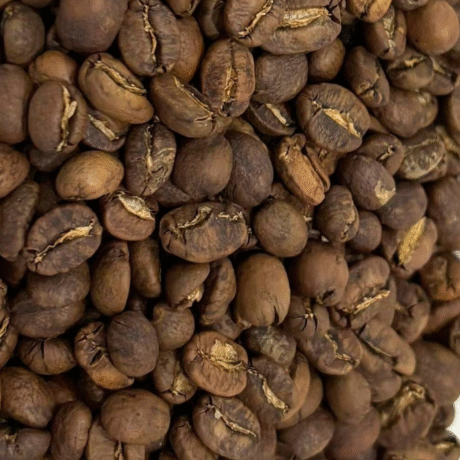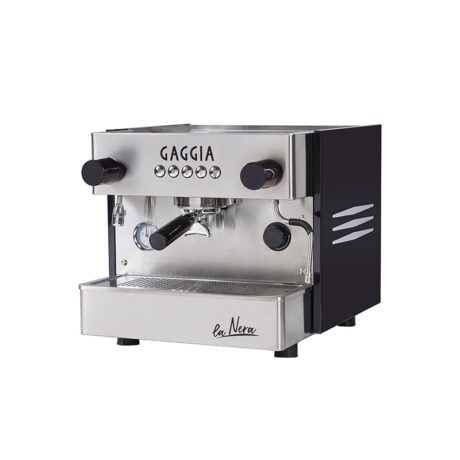What is a Piccolo Coffee?
You may commonly hear about Espresso, Cappuccino, Latte, or Macchiato when discussing coffee. But what about Piccolo coffee? Some people might (that’s me) remember “Piccolo” as a character from the anime series Dragon Ball (the green boy), but rest assured, we’re talking about a completely different kind of power-up here!
The coffee world is a dynamic landscape, constantly introducing exciting developments, new brewing methods, and delicious ways to enjoy what is arguably the planet’s most popular drink. While rich in innovation, it also comes with a fair amount of jargon, terminology for techniques, products, and tools, often with regional variations. Among the latest to gain mainstream attention is a drink small in stature but large in flavor: the piccolo coffee.
A piccolo coffee, sometimes also referred to as a piccolo latte, is a small-sized, milk-based coffee drink. It consists of a single shot of espresso or ristretto (typically around 20-30 ml) topped with silky smooth, steamed latte milk (approximately 40-60 ml). This combination is traditionally served in a small demitasse glass, which holds about 85-114 ml. The result is a drink where the espresso’s flavor remains prominent but is beautifully mellowed by the sweetness and creaminess of the milk, offering a balanced and enjoyable experience.
The term “piccolo” itself has Italian roots, meaning “small and high-pitched”, which initially refers to a musical instrument. However, in the coffee context, the word has been adopted to simply mean “small,” much like the French “petite.” This perfectly describes the Piccolo coffee, fitting into the “third-wave coffee movement” where drinks often appear smaller than traditional perceptions. It’s a delightful middle ground, offering a sweeter and milder profile compared to the more robust cortado, yet more substantial than a mere espresso with a dollop of foam like some macchiatos.
Why You Might Not See It Often
Have you ever looked for a Piccolo coffee on the menu at your local coffee shop and found it missing? Here in Indonesia, where we are one of the best coffee suppliers, and so many people who drink coffee don’t really know about this. While incredibly flavorful, the piccolo coffee might not always enjoy the same widespread popularity as its classic counterparts like cappuccino and latte. This is primarily because Piccolo is a milk-based coffee that shares similarities with many other popular coffee-milk concoctions.
With an abundance of coffee milk options available and often very similar compositions, Piccolo’s unique charm can sometimes be overshadowed by more well-known varieties. However, this doesn’t mean it’s impossible to find. In fact, you can still discover Piccolo coffee available in nearly all parts of Asia, where its appeal is quite strong. Its slightly less common appearance on menus simply means it hasn’t achieved the same global mainstream recognition, but for those in the know, it remains a delightful and distinct choice.
How Does Piccolo Differ from Other Milk Coffees?
The piccolo coffee is often mistakenly lumped together with other popular milk-based coffee drinks like lattes, cortados, and macchiatos. However, it possesses distinct characteristics that set it apart. Understanding these differences is key to appreciating what makes a piccolo unique.
Piccolo vs. Latte
While “piccolo latte” is an alternative name, it’s crucial not to confuse it with a standard latte. The most obvious difference lies in size: lattes are typically served in much larger cups, often 240ml or more, while a piccolo is presented in a much smaller demitasse glass, usually around 85-114ml. This size difference directly impacts the coffee-to-milk ratio, making the piccolo’s espresso flavor more concentrated.
Piccolo vs. Cappuccino
Beyond the serving vessel, the primary distinction between a piccolo and a cappuccino is the texture and amount of steamed milk. The milk used for a piccolo is steamed to create a creamy, velvety texture with less air incorporated, resulting in a very thin layer of microfoam on top. In contrast, cappuccino milk is typically frothed to create a thicker, more airy foam layer.
Piccolo vs. Flat White
A piccolo and a flat white share a similar smooth, velvety milk consistency. However, a flat white is typically served in a larger cup (around 160ml) and often uses a double shot of espresso, making it a stronger, more intense coffee experience compared to the milder, single-shot piccolo.
Piccolo vs. Macchiato
When compared to a macchiato, the piccolo is a balanced blend of coffee and milk. A macchiato, on the other hand, is essentially an espresso “marked” or “stained” with just a few teaspoons of foamed milk (often similar to cappuccino foam), making it a much more coffee-dominant drink with very little milk volume.
Piccolo vs. Cortado
Cortados and piccolos might appear very similar due to their small size and creamy milk. The key differentiator is the amount of coffee used. A cortado typically uses two shots of espresso or ristretto with an almost 50/50 ratio of coffee to milk, making it a bolder drink. The piccolo, with its single espresso shot, is a notably milder and sweeter beverage by comparison.
Read Also: Macchiato vs. Latte vs. Cappuccino: Key Differences Explained
How to Make a Piccolo Coffee
Now that we’ve covered what a piccolo coffee is and how it stands apart, let’s explore how to make one. Even if you don’t have a professional espresso machine, there are ways to achieve a delicious piccolo.
What you will need:
- Single espresso shot (or the equivalent from a different brewing method)
- Cold milk (around 100ml; a bit more can be helpful for steaming)
- Demitasse glass or small espresso cup
To-dos:
- Brew your Espresso: Start by brewing a single shot of espresso. This can be done using an espresso machine for the best result, or a stovetop espresso maker (Moka pot) as an alternative.
- Steam the Milk: Pour cold milk into a small milk jug. If you have an espresso machine with a steam wand, plunge the wand just under the surface of the milk, ensuring it doesn’t touch the bottom or sides of the jug. Open the steam wand fully. Keep it in place until the milk reaches just below your desired temperature (around 60°C or 140°F). The milk’s temperature will continue to rise slightly even after the wand is removed, so it’s better to err on the side of slightly cooler.
- Achieving the Right Texture: The goal is to create a creamy, velvety texture with minimal large bubbles. Once heated, swirl the milk vigorously in the jug to incorporate the watery milk at the bottom with the thicker consistency on top. If you see large bubbles, gently tap the milk jug on a flat surface to burst them, then swirl again.
- Pro Tip for Foaming: If your milk consistently lacks enough texture, try briefly lowering the jug so the steam wand’s tip just touches the milk’s surface. You’ll hear a slight hissing sound as air is incorporated. Do this for only about half a second before resubmerging the wand; otherwise, your milk will become too frothy (more suitable for a cappuccino or macchiato).
- Combine Espresso and Milk: Gently pour the steamed milk into your prepared espresso shot. You can use a spoon to hold back any excess foam initially, allowing the milk to flow smoothly and evenly into the coffee, creating that seamless blend.
- Serve: Present your delicious piccolo coffee in a small espresso cup or the traditional demitasse glass.
How to Make Latte Milk at Home Without a Steam Wand:
Don’t have an espresso machine with a steam wand? No problem! The key is to heat the milk without over-frothing it, as the aim for a piccolo is a creamy, not overly bubbly, consistency.
- Stovetop Method: Warm the milk in a small saucepan on the stove over medium-low heat. Remove it from the heat just as tiny microbubbles begin to form around the edge of the pan. Be careful not to let it boil or scorch, as burned milk will have an unpleasant taste and be difficult to clean from the pan.
- Microwave Method: Pour cold milk into a microwave-safe mason jar. Give it a good shake with the lid on to introduce some air. Then, remove the lid and microwave for 20-30 seconds. Keep a close eye on it, as milk can quickly bubble over in the microwave. The shaking helps create a slight froth that settles into a creamy texture upon heating.
Which Coffee Beans are Suit for Piccolo
For a piccolo coffee, the quality of your beans is crucial because the coffee flavor is very prominent. Always select high-quality, freshly roasted coffee beans.
The Piccolo is ideal for exploring single-origin beans if you prefer not to drink black coffee. The small amount of milk allows the unique characteristics of the single origin to be appreciated clearly.
For a rich, full-bodied taste with low acidity, we highly recommend Mandheling coffee that you can buy from us. These Sumatran beans are known for their earthy notes, sweet chocolate, brown sugar, and sometimes hints of spice. This profile creates a deep, satisfying base for Piccolo.
Alternatively, a best-selling espresso blend from a reputable coffee bean shop is a versatile choice that performs well across various coffee types. Choosing the right beans will significantly enhance your Piccolo’s flavor.
Frequently Asked Questions (FAQ)
Here are some common questions about Piccolo coffee and how it compares to other popular coffee drinks:
Is Piccolo coffee sweet? A piccolo coffee is generally perceived as sweeter than a straight espresso or even a cortado, primarily because the single shot of espresso is balanced by a smaller amount of milk. This allows the natural sweetness of the steamed milk to shine through, mellowing the intensity of the coffee.
Can I use any milk for a Piccolo? While you can use various types of milk (dairy or non-dairy), the best piccolo coffees are made with milk that steams well to create a creamy, velvety texture with fine microfoam. Full-fat dairy milk is traditionally preferred for its rich texture, but many baristas successfully use alternative milks like oat or almond milk that are specifically formulated for coffee.
What kind of glass is used for a piccolo? A piccolo coffee is traditionally served in a small espresso cup or, most commonly, a demitasse glass. “Demitasse” literally means “half cup” in French, and these glasses typically hold between 85-114ml, perfectly sized for this compact drink.
Is Piccolo coffee strong? A piccolo coffee is quite strong in flavor relative to its size, as it contains a full single shot of espresso. However, because it’s balanced with milk, it’s milder than a straight espresso or a cortado (which often uses two shots). It offers a pronounced coffee taste without being overwhelmingly bitter or intense, making it a good choice for those who appreciate the coffee’s notes but prefer a touch of creaminess.






